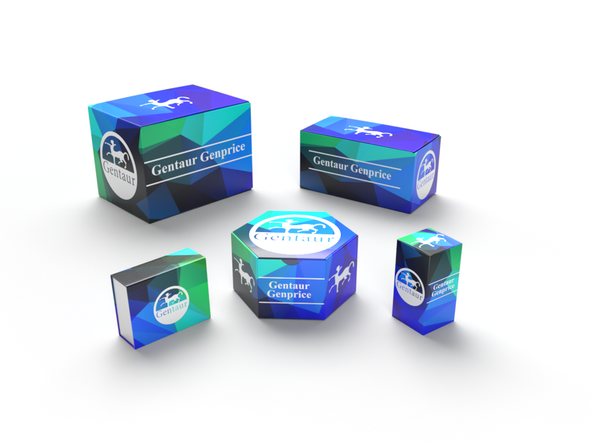Description
APITD1 Antibody | 61-714 | Gentaur UK, US & Europe Distribution
Host: Rabbit
Reactivity: Human, Mouse
Homology: Predicted species reactivity based on immunogen sequence: Bovine
Immunogen: This APITD1 antibody is generated from rabbits immunized with a KLH conjugated synthetic peptide between 48-74 amino acids from the Central region of human APITD1.
Research Area: Cell Cycle
Tested Application: WB, IHC-P, Flow
Application: For WB starting dilution is: 1:1000
For IHC-P starting dilution is: 1:50~100
For FACS starting dilution is: 1:10~50
Specificiy: N/A
Positive Control 1: N/A
Positive Control 2: N/A
Positive Control 3: N/A
Positive Control 4: N/A
Positive Control 5: N/A
Positive Control 6: N/A
Molecular Weight: 16 kDa
Validation: N/A
Isoform: N/A
Purification: This antibody is purified through a protein A column, followed by peptide affinity purification.
Clonality: Polyclonal
Clone: N/A
Isotype: Rabbit Ig
Conjugate: Unconjugated
Physical State: Liquid
Buffer: Supplied in PBS with 0.09% (W/V) sodium azide.
Concentration: batch dependent
Storage Condition: Store at 4˚C for three months and -20˚C, stable for up to one year. As with all antibodies care should be taken to avoid repeated freeze thaw cycles. Antibodies should not be exposed to prolonged high temperatures.
Alternate Name: Centromere protein S, CENP-S, Apoptosis-inducing TAF9-like domain-containing protein 1, FANCM-interacting histone fold protein 1, Fanconi anemia-associated polypeptide of 16 kDa, APITD1, CENPS, FAAP16, MHF1
User Note: Optimal dilutions for each application to be determined by the researcher.
BACKGROUND: APITD1 was identified in the neuroblastoma tumour suppressor candidate region on chromosome 1p36. It contains a TFIID-31 domain, similar to that found in TATA box-binding protein-associated factor, TAF (II) 31, which is required for p53-mediated transcription activation. This gene was expressed at very low levels in neuroblastoma tumours, and was shown to reduce cell growth in neuroblastoma cells, suggesting that it may have a role in a cell death pathway.



![APITD1 Antibody (Center) [APR05361G] APITD1 Antibody (Center) [APR05361G]](https://cdn11.bigcommerce.com/s-1rdwiq712m/images/stencil/590x590/products/58235/58539/gentaur-genprice__26005.1661610467__29809.1661628092__75433.1661676199__77988.1661684280__64362.1661692443__16178.1661854758.png?c=1)


